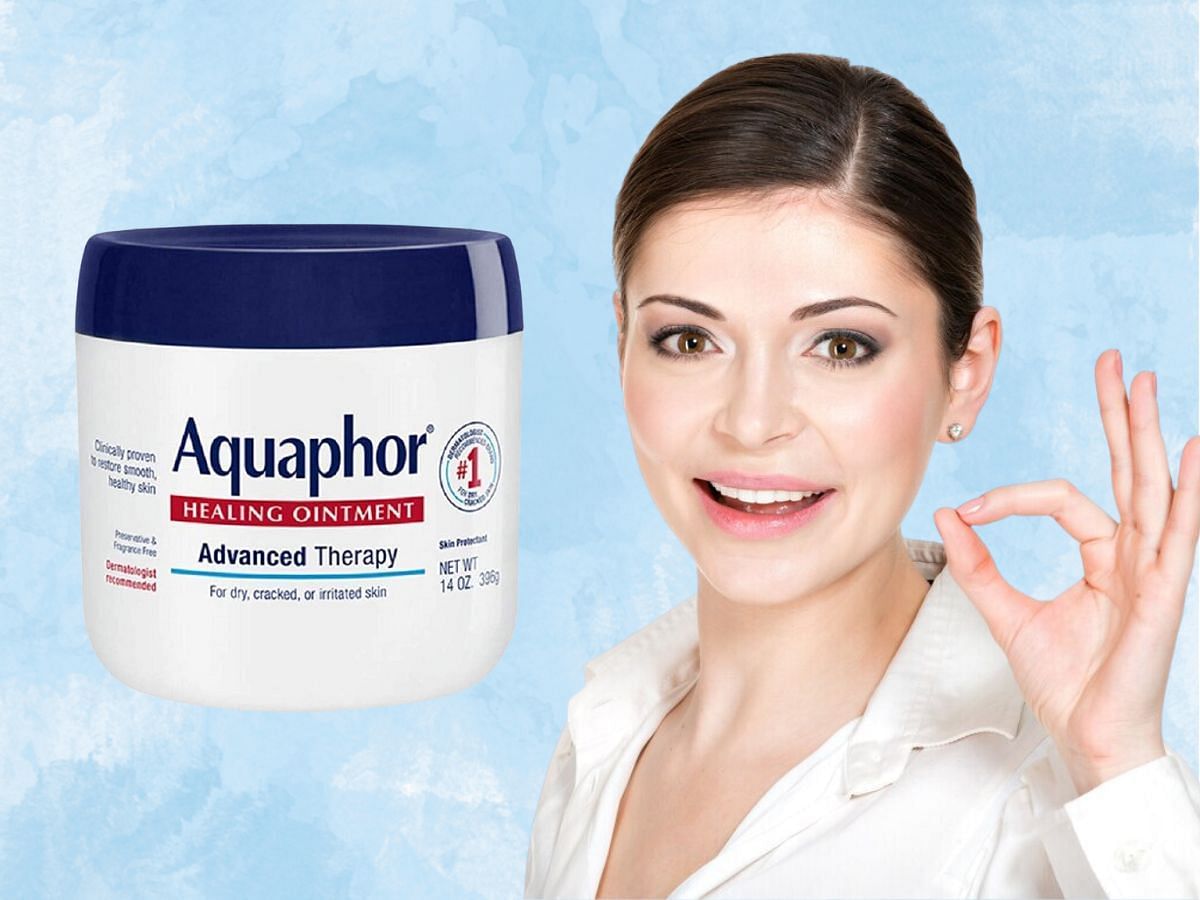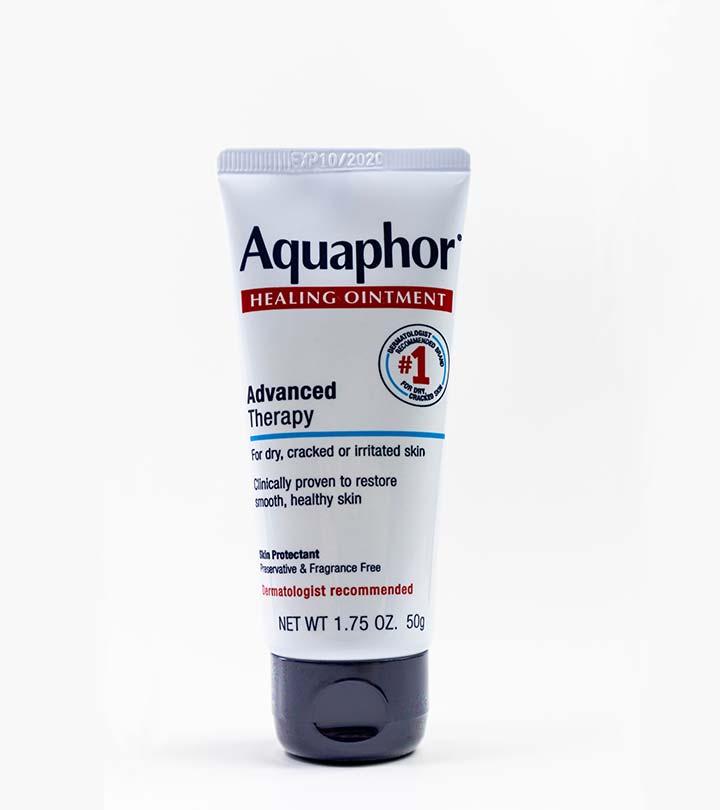How often do we overlook the simple, yet profoundly effective, strategies for nurturing our skin back to health? The key to optimal wound healing often lies not in complex interventions, but in a mindful approach to protection and the creation of an ideal environment for repair.
The journey to healing a wound, whether it's a minor scrape, a surgical incision, or a burn, is a delicate balance of protection, care, and patience. It's a process that demands attention to detail and an understanding of the skin's natural capacity to mend itself. The temptation to reach for harsh treatments or quick fixes is understandable, but the truth is, the simplest methods often yield the most remarkable results. We are continually reminded that the skin is an incredible organ, and when given the right conditions, it's astonishing what it can accomplish. It's a testament to the body's resilience and its inherent ability to repair, regenerate, and restore itself. This article outlines the core principles involved in promoting effective wound healing.
Let's delve into the specifics of fostering a healing environment. The initial step is always about protection, shielding the injured area from further harm. This fundamental principle governs the course of the entire healing process. This involves the thoughtful and appropriate use of protective measures, and this is often where the foundation for positive outcomes is laid. This first phase of wound management sets the stage for successful recovery. The goal is to minimize the risk of infection, trauma, and environmental interference, all of which can disrupt or delay healing. The selection of the appropriate protective covering is also crucial, as it must effectively shield the wound while allowing the skin to breathe and heal. This requires careful consideration, a deep understanding of the characteristics of various wound dressings, and a willingness to adapt as the wound evolves.
One of the most frequently recommended practices in wound care is the use of appropriate topical protectants. These substances play a pivotal role in fostering an environment conducive to healing, shielding the skin from external irritants and assisting the natural repair mechanisms of the body. The choice of a topical protectant depends on various factors, including the nature of the wound, its depth, its location, and the individual's skin sensitivity. In many cases, simpler is better, and the selection of a product that effectively balances protection with breathability is of paramount importance. It is also essential to recognize that topical protectants can serve different purposes. Some are designed to create a barrier against external agents, while others are designed to provide moisture. By understanding the fundamental role of each type of product, individuals are better equipped to make informed decisions about the best path toward healing.
Furthermore, the manner in which the topical protectant is applied is also important. The goal is to create a thin, even layer over the wound. This practice ensures that the entire area is protected, without over-saturating the skin, which could potentially impede the healing process. It's worth emphasizing the importance of following the instructions provided by the healthcare professional or the product manufacturer. Doing so will ensure that the product is used correctly and safely.
The role of moisture in the healing process cannot be overemphasized. Keeping the wound sufficiently hydrated is critical for a multitude of reasons, including accelerating the body's own healing process. The ideal state is one where the wound remains moist, but not waterlogged. This approach encourages the growth of new skin cells, facilitates the migration of cells to the wound site, and helps prevent the formation of scabs. It's a delicate balance, and the choice of topical protectant will play a key role in determining the optimal moisture balance.
The timing of application also factors in achieving a moist environment. Consistent application of the topical protectant is vital, and this often means applying it at least once a day, or more frequently, as directed by a healthcare professional. The exact frequency may depend on a number of factors, including the type of wound, the characteristics of the product, and the individual's overall health. Furthermore, the method of application should be handled with care. Before each application, the area should be gently cleaned, to remove any debris and potential contaminants. This step is critical for creating a safe environment, as well as maximizing the effectiveness of the topical protectant.
In the pursuit of optimal wound care, one of the initial steps involves understanding and implementing the principle of protection. The initial step in wound care is to shield the injured area from further harm. This entails protecting the wound from exposure to factors that could hinder healing or potentially lead to complications. The selection of appropriate wound dressings, such as Telfa or nonstick gauze, is crucial for this purpose. These dressings act as a barrier, protecting the wound from external contaminants while facilitating a favorable environment for healing. Securing the dressing with tape is another critical step, as it ensures that the wound is adequately protected and that the dressing remains in place. Regular monitoring of the wound is also vital, and this requires a keen eye for any changes in the condition of the wound. This can include the appearance of the wound, the amount of drainage, and the presence of any signs of infection.
Avoiding the use of hydrogen peroxide is a crucial element in effective wound care. While hydrogen peroxide has been historically employed to clean wounds, its potential for disrupting the healing process makes its use counterproductive. Hydrogen peroxide can damage healthy tissues, thereby slowing down the body's natural healing processes. This makes the selection of a gentler cleaning agent essential, and saline solution is a more appropriate alternative. Saline solution gently cleanses the wound, removing debris and potential contaminants without causing harm to the surrounding tissues. The focus should be on creating a balanced environment that supports the natural healing mechanisms of the body.
The application of Aquaphor healing ointment is another widely used practice, known for its capacity to create a protective barrier and foster an ideal moist healing environment. The act of applying Aquaphor creates a protective barrier that shields the wound from external irritants and contaminants. This protective layer fosters an environment that allows the skin to naturally mend itself. Aquaphor is a barrier protectant. It's there to give the skin time to seal from the inside after the trauma. It blocks oxygen, which the skin needs to heal well, though, so you dont want to leave it for too long. This allows for the body's natural healing processes to take place. To create a consistently protected environment to allow skin healing to take place, apply Aquaphor healing ointment daily until the wound has healed completely, covering it with appropriate dressing. The act of applying Aquaphor and similar ointments should always be done with clean hands, reducing the potential for contamination. When applying Aquaphor or any topical treatment, it's best to apply a small amount, enough to cover the wound, without causing excessive buildup. This approach helps to ensure that the ointment provides sufficient protection while allowing the skin to breathe.
Avoiding the application of antibiotic ointments is also frequently advised, particularly in cases where a rash or itching may arise. While antibiotic ointments can be useful for preventing and treating infections, they can also be associated with certain side effects. It's important to follow the guidelines of your healthcare provider and to use these ointments as directed. The goal is to choose a treatment plan that will promote optimal healing, with minimal risk of adverse effects. This requires a balanced approach, incorporating measures for both protection and the creation of an optimal healing environment.
Minimizing disturbance to the wound(s) is vital for ensuring the best possible outcomes. This principle emphasizes the importance of leaving the wound undisturbed whenever possible, and it applies to the duration of the healing process. It's important to recognize that any unnecessary manipulation of the wound can disrupt the delicate processes of cell regeneration and tissue repair. Therefore, any actions, such as excessive cleaning or removal of dressings, should be kept to a minimum. While it is always essential to follow the specific instructions of your healthcare provider, keeping the wound undisturbed is a key aspect of successful healing.
After suture removal, the application of Vaseline or Aquaphor along the suture line is frequently recommended, typically a week after the stitches have been removed. This practice serves multiple purposes. These ointments help to keep the scar tissue moisturized, which can prevent the formation of excessive scar tissue. Moreover, massaging the scar with Vaseline or Aquaphor can promote blood circulation in the area, thus facilitating the healing process. This practice is most effective when performed on a regular basis, following the guidelines provided by your healthcare provider. These steps help to encourage effective scar remodeling, and encourage healing.
For medications such as fluorouracil, the frequency of application, whether once or twice daily, is critical, and this will depend on the formulation. The medication is used as a once daily (for the 0.5% cream) or more commonly twice daily application (for the 1, 2 and 5% formulations). The method of application is also carefully considered. It can be applied using a small amount on the finger and rubbing a thin layer into the treatment area. Remember to wash your hands after application. In general, it's important to avoid application to sensitive areas. This approach helps to maximize the efficacy of the medication while minimizing the risk of adverse effects.
The initial response following treatment can be telling. The burning pain may stop almost immediately, and itching can subside relatively quickly, often within twenty-four hours. This is a positive sign, indicating that the treatment is working and that the body is responding. Remember that the goal of any medical procedure is to foster healing and restore balance.
In summary, the path to effective wound healing is paved with careful consideration, mindful practices, and an appreciation for the body's remarkable capacity to heal itself. By prioritizing protection, hydration, and minimal disturbance, while following the guidance of healthcare professionals, individuals can create the optimal environment for the healing process. This approach minimizes the risk of complications, and it empowers people to nurture their skin, restoring its health and vitality.


